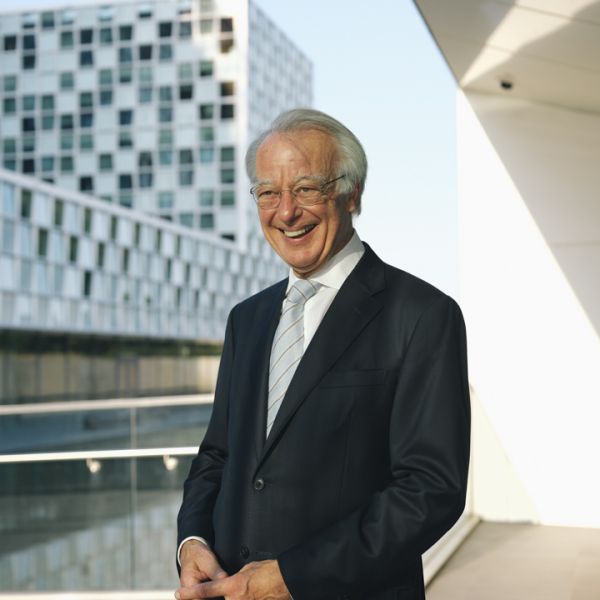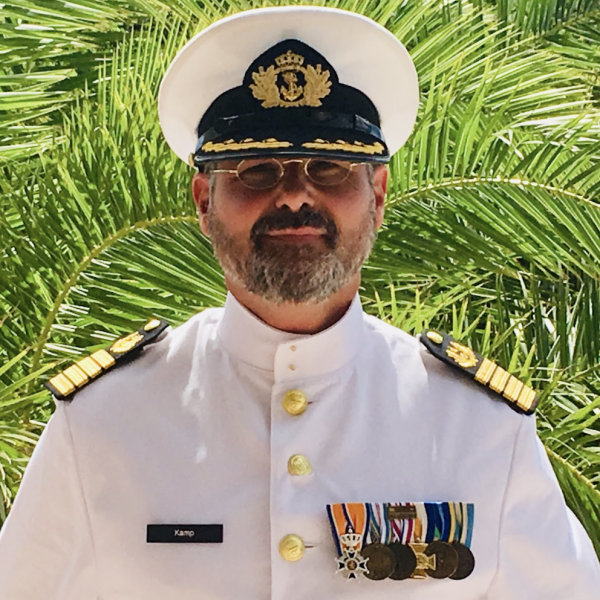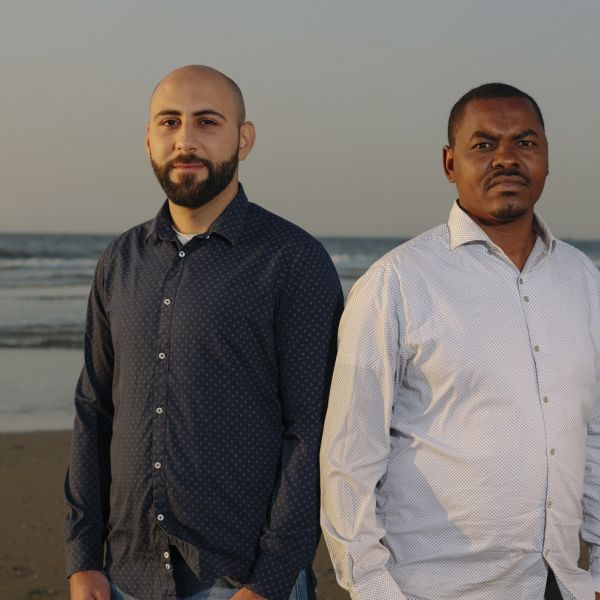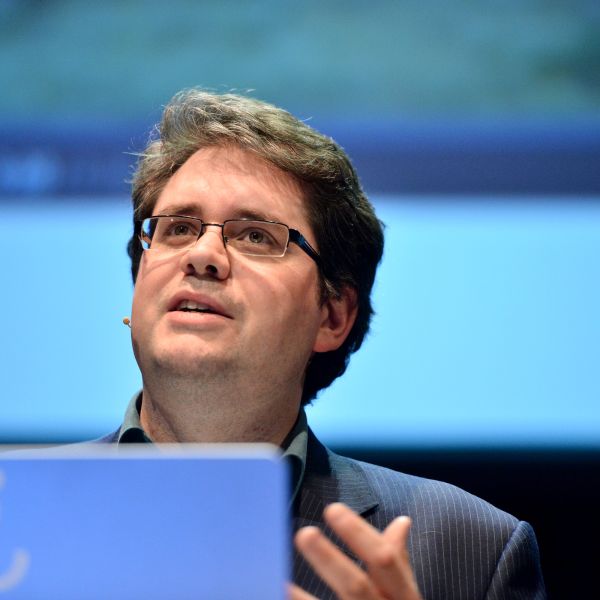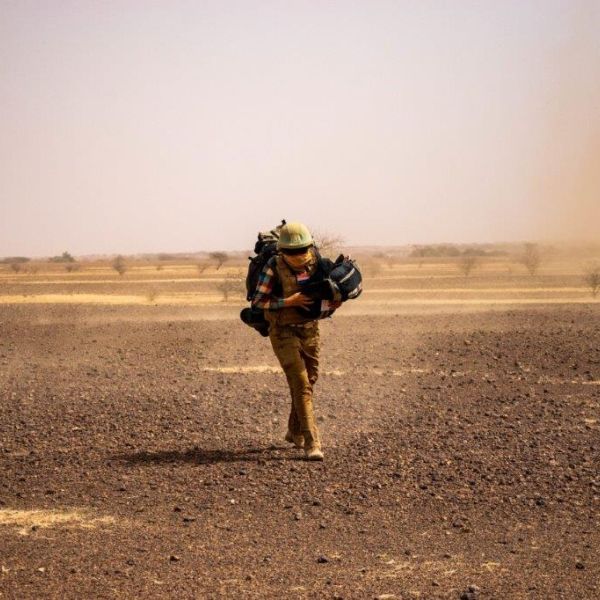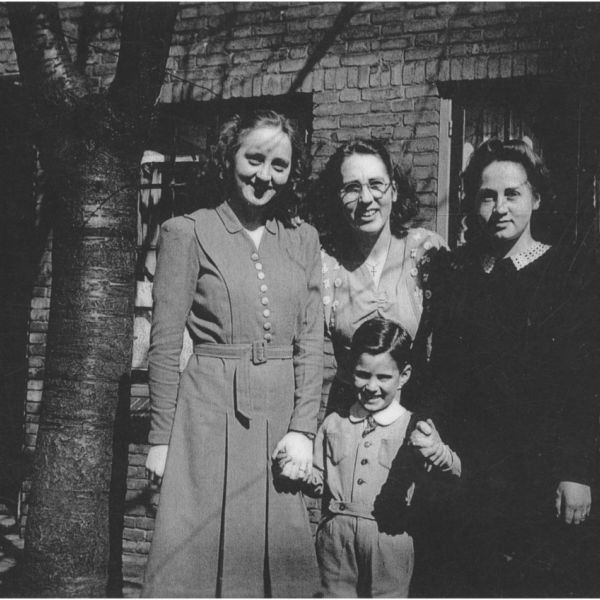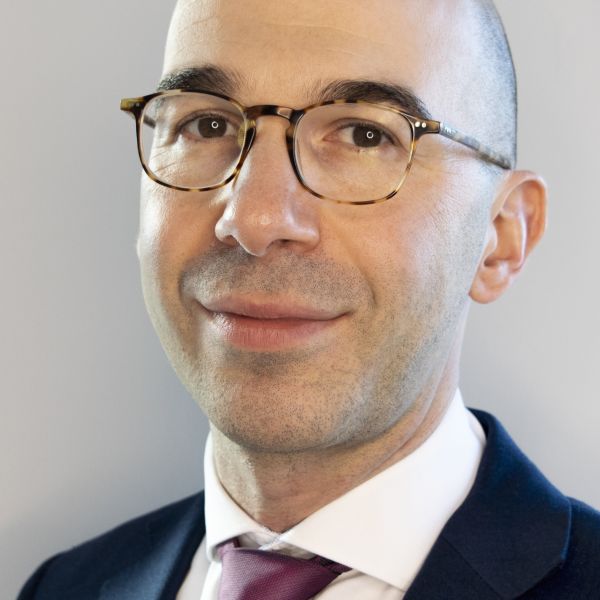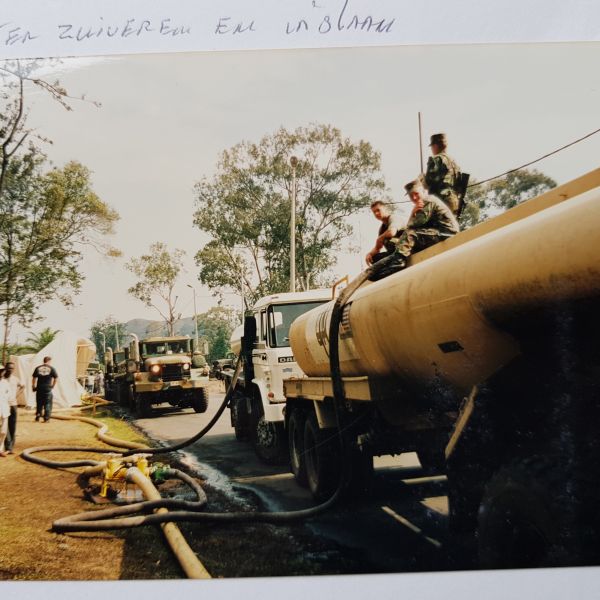75 years of UN in 75 stories: Fleur Ravensbergen
Fleur Ravensbergen (1983) has been working as a negotiator in armed conflicts since she was 25. She has been involved in successful operations in Basque country, Libya, Iraq and Congo.
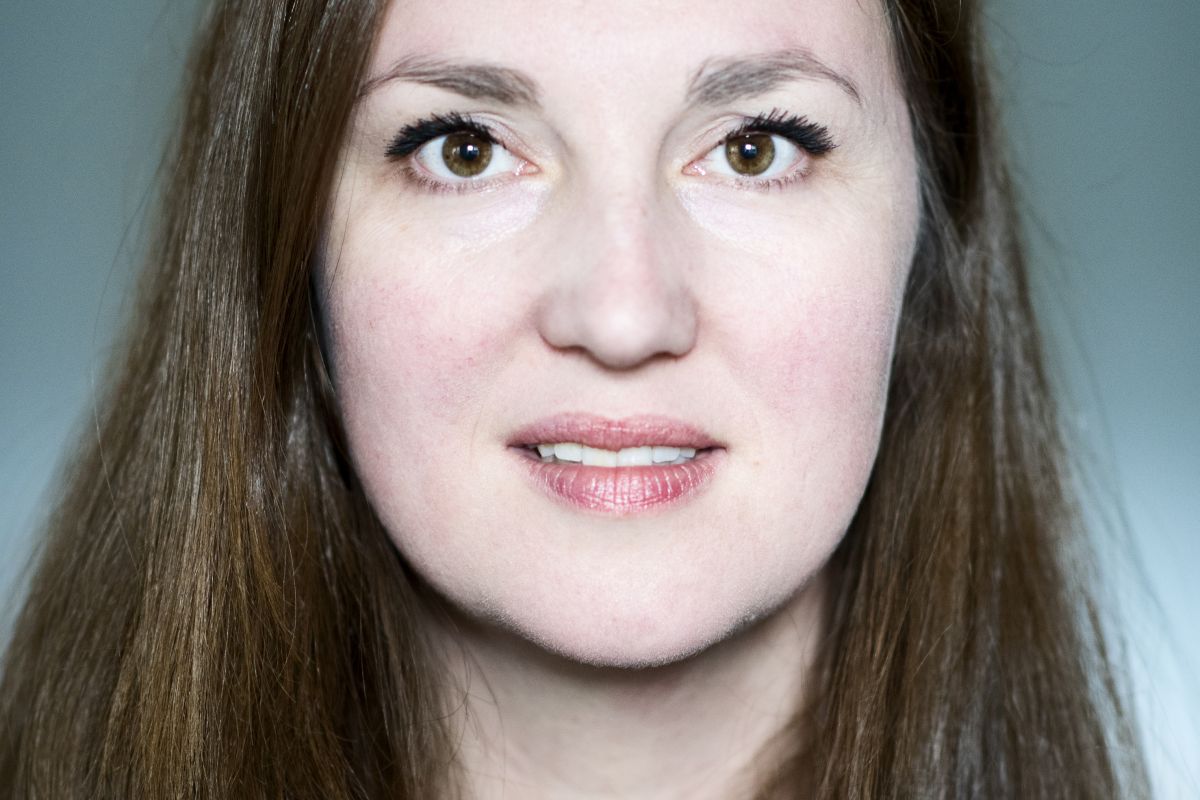
“With people who commit violence, I try to get at why they do what they do”
Since its founding, the United Nations has been engaged in conflict mediation. Today, the UN is still active in various parts of the world, seeking peaceful resolutions for conflicts. By building a sustainable peace around the world, the UN hopes to reduce the risk of ongoing cycles of violence.
It is incredibly important to get the parties in conflict to the table, because building peace starts with negotiating. The UN sends diplomats to conflict areas to mediate. Sometimes these diplomats have to be supported by UN troops to prevent the conflict from flaring up again. The UN also looks for opportunities to strengthen the country or region’s own capacity to control a conflict. Political and economic support can build the foundation for a sustainable peace in the future.
On the ground, the activities of building peace and ending conflict can take many forms. Disarmament is one example, but demobilisation of troops, reintegration of former combatants into post-war society, and building up governmental and societal institutions can also be part of the process.
“Wat me vooral is bijgebleven is het gevoel van saamhorigheid”
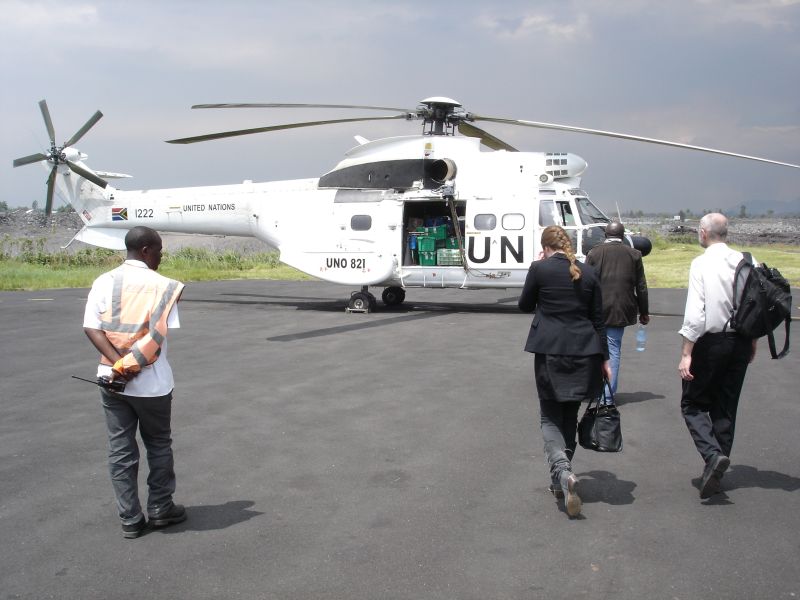
“A decisive moment for me came during an intensive, months-long mission when I was conducting negotiations with a rebel leader in Central Africa. This man had been living underground for years, and it was a miracle that we had been able to make contact with him and that he was willing to talk about giving himself up. I felt like we were getting closer, step by step. All of this went on in the deepest secrecy, and there were multiple people involved, including some highly placed officials in the UN. Then it fell apart at the last minute, because his enemies found out that he was planning to give up the fight without telling them. The thing that stuck with me is the feeling of solidarity. We were all so disappointed; we came to terms with it together over a glass of whiskey.
I really felt like this was it, the UN doing its core mission: bringing peace and stability a little closer. The UN stands for a shared hope, and sometimes that hope doesn’t become a reality. But it’s a great thing to come together and try anyway.
When I talk to combatants, I try to get at what their motivations are. Often they are clinging to an ideology out of fear of something else. The rebel leader I was talking to at that time had gotten older and milder, had gained a different perspective. So I tried to build on that.
Luckily I’ve done that enough times that I can make that conversation work. That gives me enough fuel to keep doing what I do. Even now, when I’m pregnant with my fourth child. I often work in dangerous areas; I’m very well aware of the risks that I face. But I have such a privileged life, I want to do something positive with it.
There is only one place on earth where nearly all the nations of the world sit around the table: the United Nations. The UN focuses on issues that transcend the borders of countries or even affect the entire world, such as peace and security, climate change, education, health, cultural heritage, economic development, and more. To many, the work of the UN seems very abstract, but by engaging with rescue workers, peacekeepers, aid workers, diplomats, eyewitnesses, soldiers, and others involved with the UN, it becomes clear how important the work of this organization is. This is exactly what Humanity House has done. Unfortunately, this organization had to close its doors, but Just Peace and Museon-Omniversum have teamed up to preserve their stories. You can now find these stories on Just Peace's website, and some of them are also included in an exhibition about the UN at Museon-Omniversum.
The 75 Years of UN Stories were collected and curated by Frederiek Biemans for Humanity House.


